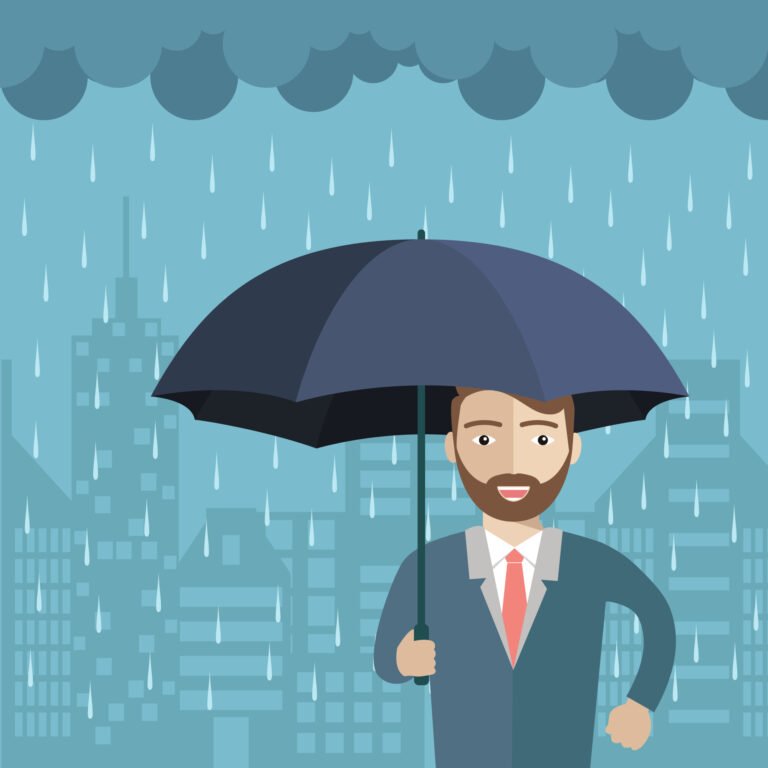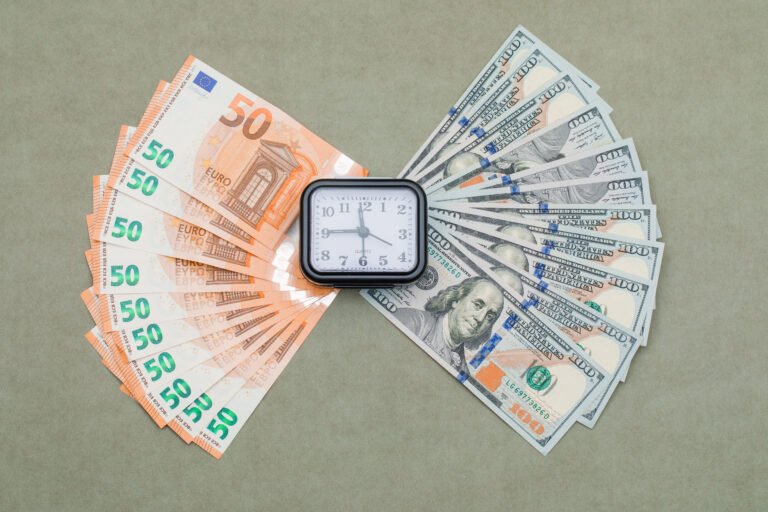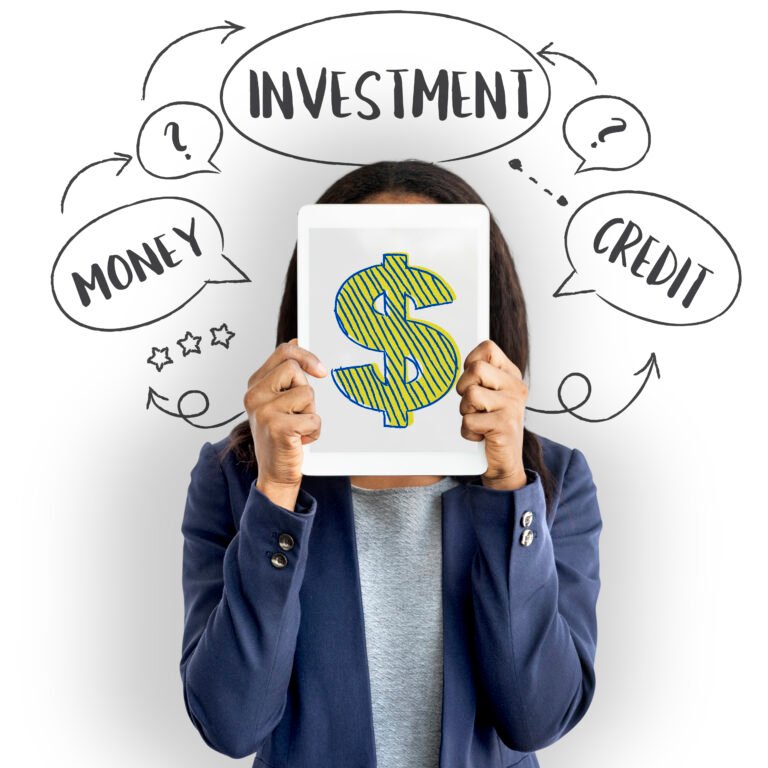Credit Card Payoff Estimator
Estimate how long it will take to pay off your credit card debt and how much interest you’ll pay
Managing credit card debt requires more than making minimum payments — it involves understanding how interest accumulates and how different repayment strategies affect your timeline and total cost. Credit card balances can grow quickly due to compounding interest, especially when left unchecked over time. By analyzing your balance, interest rate, and monthly payments, you can develop a clear plan to reduce debt efficiently and avoid unnecessary interest charges. Whether you’re tackling a single balance or juggling multiple cards, knowing how long it will take to pay off your debt empowers you to take control, improve your credit health, and regain financial stability.
Benefits of
Estimating Your Credit Card Payoff Timeline
Understanding your payoff strategy helps you:
💳 Credit Card Payoff Estimator
Meet Marcus
Example Scenario
Marcus has accumulated $6,000 in credit card debt with an interest rate of 18% APR. He’s been making only minimum payments, but now he wants to take control and pay off the balance faster and smarter.
He enters these numbers into the Credit Card Payoff Estimator to visualize his timeline and total interest paid:
| Detail | Amount |
|---|---|
| Estimated Payoff Time | 29 months |
| Total Interest Paid | $1,300 |
| Total Cost of Debt | $7,300 |
➡️ Projected Debt-Free Date: 29 Months from Now
After reviewing the result, Marcus decides to increase his monthly payment to $350, which shortens his payoff period to 20 months and saves nearly $400 in interest.
💡 With just a small change in payments, Marcus regains financial freedom faster. The tool helps him stay motivated and take action — replacing guesswork with a clear plan to eliminate debt for good.
How the Credit Card Payoff Estimator Works – Simple Math Explained
✅ 1. Enter Your Credit Card Balance and Interest Rate
Start by entering how much you currently owe and the annual percentage rate (APR) on your credit card.
- Current outstanding balance
- Interest rate (e.g., 18%, 24%)
- Optional: minimum payment required
Formula:
Monthly Interest = Balance × (APR ÷ 12)
✅ 2. Choose Your Monthly Payment Amount
Input how much you plan to pay each month. You can compare scenarios like:
- Minimum monthly payments
- Fixed higher monthly payments
- Extra one-time payments (optional)
Formula:
Payoff Time = Based on balance, interest, and payment amount
✅ 3. See Your Payoff Timeline and Interest Costs
The tool calculates:
- Total time to become debt-free
- Total interest you’ll pay over the period
- How much faster you can pay off with extra payments
Formula:
Total Cost = Principal + Total Interest Paid
💡 This calculator helps you build a realistic plan to get out of credit card debt — showing how payment strategy affects both your payoff timeline and the total cost of borrowing.
Why Credit Card Debt Lingers for Years — And How to Estimate a Realistic Payoff Plan
Credit cards offer convenience and flexibility, but their high-interest rates can quickly turn a manageable balance into long-term debt. Many people underestimate how long it will take to pay off their credit cards, especially when only making minimum payments. Understanding how credit card interest works — and how your payment habits affect your debt timeline — is crucial to regaining financial control.
You Only Make Minimum Payments
Minimum payments are designed to stretch debt out — not help you eliminate it.
Fix it: Pay more than the minimum whenever possible. Even small increases in monthly payments drastically reduce payoff time and interest paid.
You Don’t Understand How Interest Accrues
Credit card interest compounds daily, meaning you pay interest on yesterday’s balance — every single day.
Fix it: Learn your daily periodic rate and how it applies to your average daily balance to estimate true interest costs.
You Ignore the Impact of New Charges
Continuing to use the card while trying to pay it down offsets your progress.
Fix it: Pause spending and focus on payoff to see meaningful balance reduction.
You Rely on Debt Snowball or Avalanche Without Strategy
Debt payoff methods like snowball (smallest balance first) or avalanche (highest interest first) work — but not blindly.
Fix it: Use a structured estimate to choose the method that works best for your budget, habits, and timeline.
You Don’t Track Interest Saved by Paying Early
Interest accrues daily, so making payments earlier in the cycle saves money.
Fix it: Split your payments or pay right after the billing date to reduce the principal sooner.
You Underestimate the Role of APR
A 19.99% APR can more than double your debt if left unchecked.
Fix it: Understand how your Annual Percentage Rate converts to monthly and daily interest — and how that affects your balance.
You Forget to Include Fees
Late fees, annual fees, and balance transfer fees can quietly add to your debt.
Fix it: Track all charges and fees to get a full picture of your payoff path.
💡 Final Thoughts
Credit card debt doesn’t have to be a permanent burden — but you need clarity, consistency, and commitment to overcome it. By understanding how interest accumulates and how different payment strategies affect your timeline, you can build a personalized payoff plan that works for your financial reality. The sooner you start — and the more you pay — the faster you’ll break free from revolving debt.




